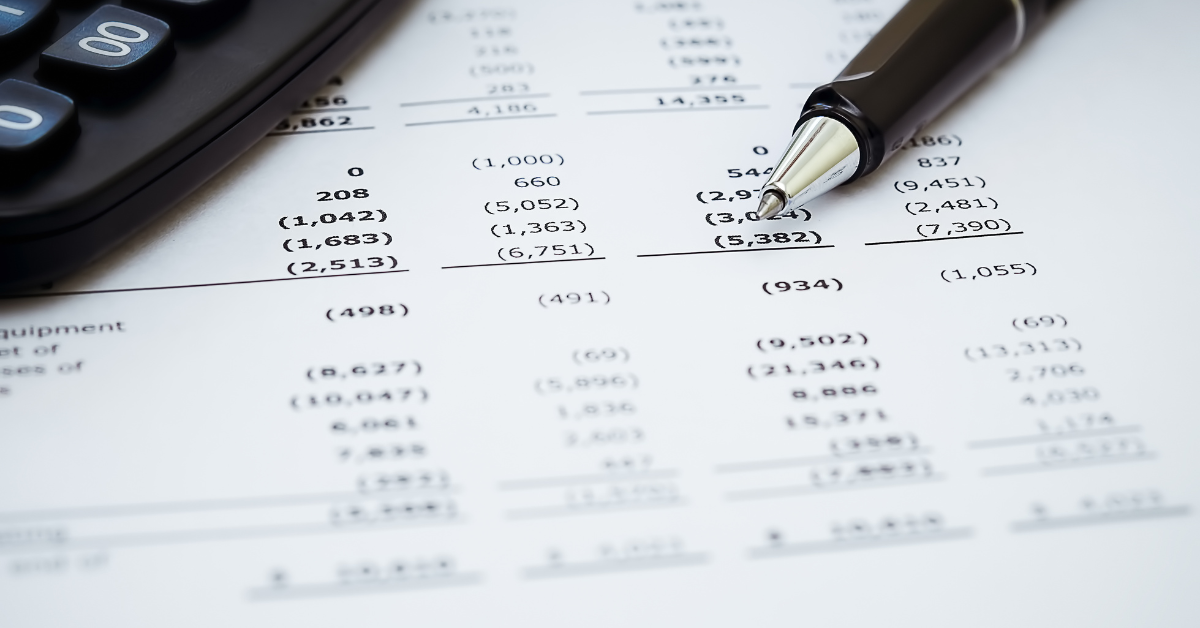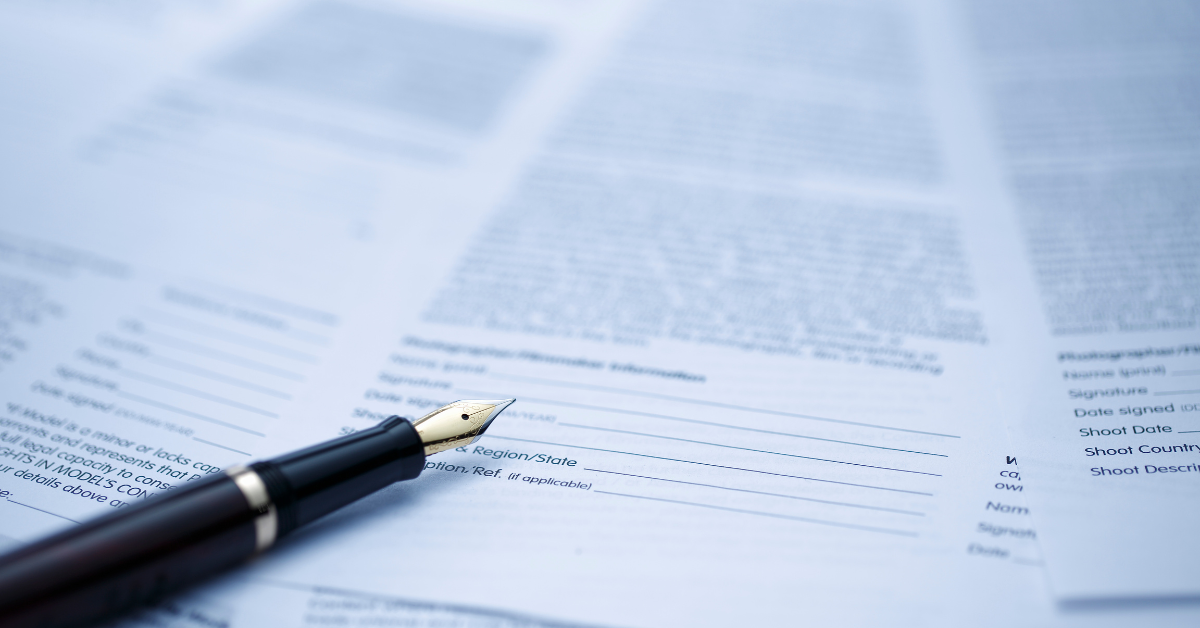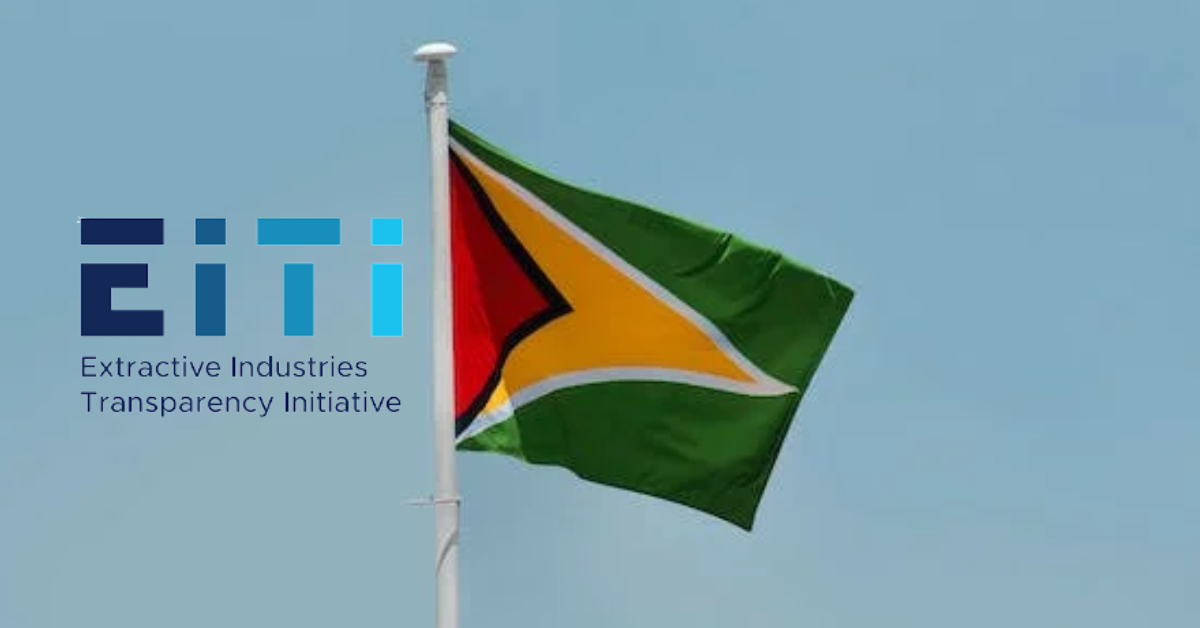On Friday August 17th, the Stabroek News published a letter by Business Minister Gaskin titled, `Mr Hinds completely omitted the profit sharing component of the Esso deal’.
Minister Gaskin’s letter asserts that Guyana’s take in the years when we reach 500,000 bpd will be US$1.75 billion on US$12.6 billion revenue. To compute the implied cost, we have to take the 2% royalty and 50/50 sharing agreement into consideration. The 2% royalty in this scenario is $252 million. The minister states that Guyana’s profit will be US$1.5 billion, given the 50/50 profit share this would imply a total profit of US$3 billion. Now, the cost would be US$12.6 billion minus US$3 billion and the $252 million {12.6B – (3B + 252M)}. Hence, the total cost incurred by the oil companies would be approximately US$9.4 billion.
Guyana will pump 500,000 barrels per day for 360 days. Thus, the total barrels produced on a yearly basis is 180 million.
To derive the cost per barrel we do the math below:
US$9.4 billion divided by 180 million barrels = US$52 per barrel.
We know from the Hess investor conference calls that they state their break-even price is US$35 per barrel. For all practical purposes, assume Hess is talking about Liza Phase 1 which is projected to produce a 100,000 bpd. When you get to 500,000 bpd, the cost should be much lower than US$35 per barrel because of economies of scale.
How is the cost derived from the minister’s numbers, US$52 per barrel compared vis-à-vis against what Hess publicly stated as their break-even cost US$35/barrel? The $21 cost per barrel from the IMF report is less than half of what the minister stated.
Can the Minister explain why the cost per barrel using his numbers are significantly more than what the oil companies have publicly stated? A clue to these discrepancies may lie in the flaws of the oil agreement such as a lack of ring fencing and pre-contract costs that are overstated.
Mr Nigel Hinds’ letter is probably pointing out that when you have all these uncontrolled expenses and the profit sharing portion of the contract is so flawed – then the only sure thing about Guyana’s take will be the 2% royalty.
Yours faithfully,
Darshanand Khusial,
M.Eng
Aug 20th, 2018










